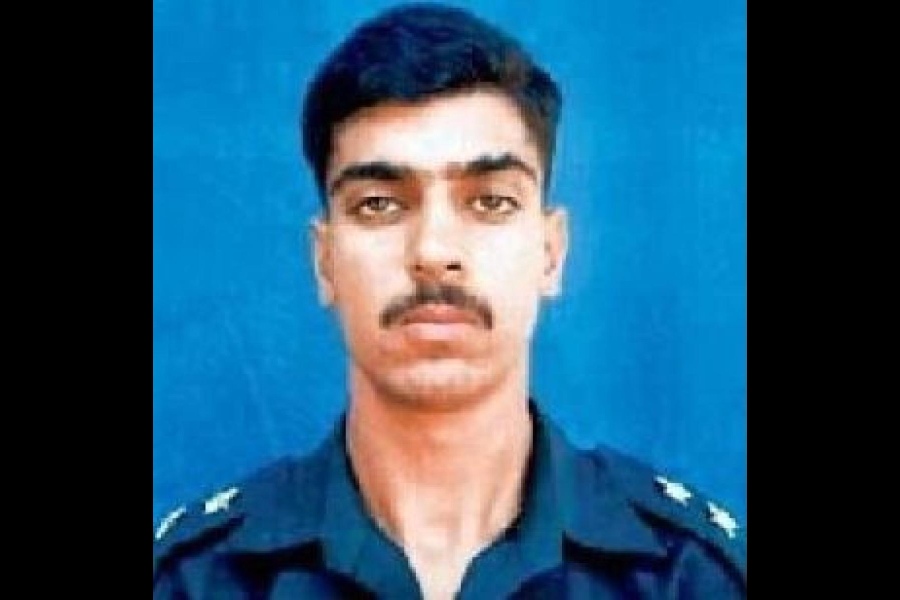The stage came alive with the familiar theme of the epic, Ramayan, at the Ramji Prabhu mandap in Imphal East on Sunday.
 |
| Abesana Devi in the role of Sita |
H. Nandakishore Sharma produced and directed the Ram Lila, performed at the temple built by King Garibniwaz, a great patron of the Ramandi cult, in the 18th century. Performed as a ritual in temples by members of the Ramandi cult, the play gained in depth and intensity through the music of H. Kunjo Sharma and H. Aruna Devi.
Hindustani Sangeet was used in the best possible way in the play to bring to life every subtle nuance of emotion. The devotion and steadfastness of Rama are depicted with exceptional clarity.
The sets and props are detachable and can be used in other public gatherings.
The most interesting part of the play is the war scene of Hanuman setting Lanka on fire to bring back Sita.
Acrobatic movements and Manipuri indigenous sports like wrestling (mukna) and sword fencing (thang ta) were used to good effect in the action scenes. .
Actors Sighajit (Bibhishan), Milin Sharma (Bali), T. Abesana Devi (Sita), Tomba Sharma (Hanuman), T. Isho Sharma (Rama), Ch. Sanatomba (Laxman), S. Santikumar (Sugriba), N. Ajitkumar (Bharat) put in convincing performances.
The music enlivened the religious sentiments of the theme and entertained the audience as well.
Hinduism in Manipur evolved in the 15th century but achieved prominence during the reign of King Garibaniwaz alias Pamheiba in 18th century.
A Brahmin named Shantidas arrived from Sylhet and took up the responsibility of popularising the Ramandi school of Vaishnavism in Manipur.
Many scholars translated the epics Mahabharat and Ramayan into Manipuri.
Later, the Ramandi school of Vaishnavism was substituted by the Chaitanya school in the second half of the 18th century by the order of King Bhagyachandra.
The Ram Lila forms part of the Goura Lila, a kind of religious play of the Chaitanya school.










